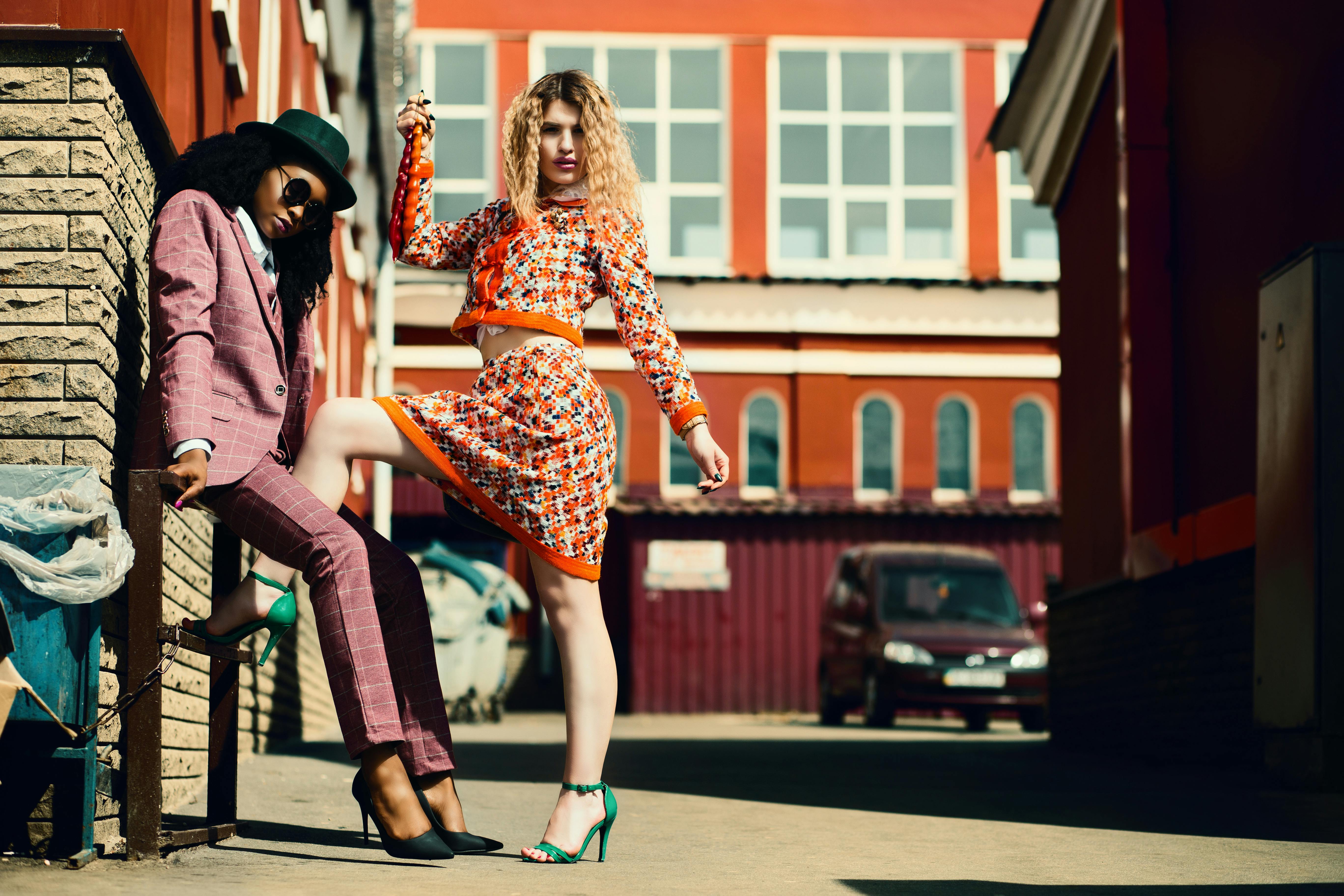
Texture and contrast are the dynamic duo of visual interest. They take a piece of art, fashion design, or even a room from bland to captivating. By understanding how these elements work together, you can elevate your creative projects and add depth and intrigue.
The Power of Texture
Texture refers to the surface quality of an object, the way it feels visually and, sometimes even physically. It can be rough like sandpaper, smooth like glass, or anything in between. Texture adds a layer of realism and tactility to your creations.
Exploring Texture in Different Fields
- Visual Arts: In painting, texture can be created through brushstrokes, impasto techniques (applying thick layers of paint), and using textured mediums like sand or fabric. Sculpture thrives on texture, with materials like wood, metal, and clay offering a variety of tactile experiences.
- Fashion Design: Fabric choices are the key players in texture for fashion. Satin and silk offer a smooth and luxurious feel, while wool and tweed provide a cozy, textured look. Layering different textures, like a chunky knit sweater over a flowy chiffon skirt, creates visual intrigue.
- Interior Design: Texture adds warmth and dimension to a space. Woven rugs, plush throws, and rough-hewn furniture surfaces all contribute to a textured environment. Even paint finishes can play a role, with eggshell offering a smooth feel and matte finishes providing a more textured look.
Harnessing the Power of Contrast
Contrast refers to the difference between two elements, and it’s a fundamental principle in design. High contrast creates a bold and striking effect, while low contrast creates a more subtle and harmonious feel.
Types of Contrast
- Value Contrast: This is the contrast between light and dark. A stark white background with a bold black silhouette creates high value contrast, while a soft grey background with a slightly darker grey object creates low value contrast.
- Color Contrast: Juxtaposing contrasting colors like red and green or blue and yellow creates a vibrant and eye-catching effect. Analogous colors (those that sit next to each other on the color wheel) create lower contrast but can still be visually interesting.
- Texture Contrast: Combining smooth and rough textures, or shiny and matte finishes, creates a dynamic interplay that keeps the eye engaged.
Experimenting with Texture and Contrast
The most exciting aspect of texture and contrast is the opportunity to experiment! Here are some ways to get started:
- Create a Texture Collage: Gather materials with different textures like sandpaper, fabric scraps, leaves, and bottle caps. Arrange them on a canvas to create a visually interesting composition.
- Explore High and Low Contrast: Take a photograph and edit it to create both high contrast and low contrast versions. Notice how the mood and feel of the image changes.
- Design a Textured Outfit: Challenge yourself to create an outfit that combines different textures, like a silky blouse with a chunky knit cardigan and leather boots.
By understanding texture and contrast, and by actively experimenting with them, you can take your creative projects to the next level. Let these elements be your playground, a place to explore, discover, and unleash your unique artistic voice.